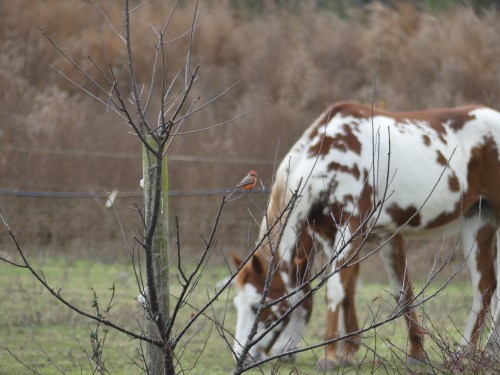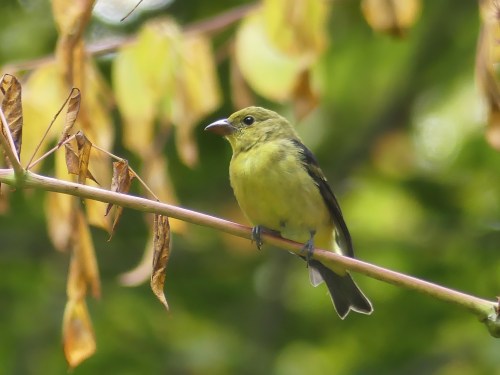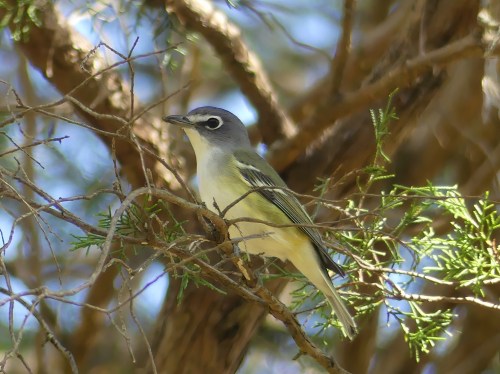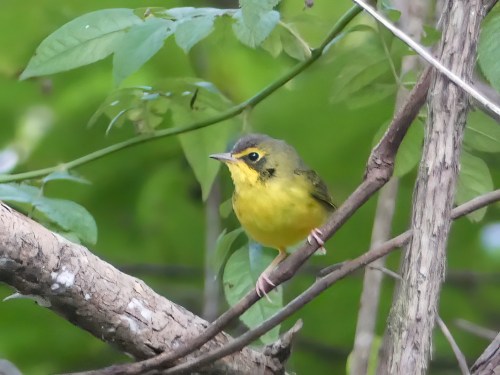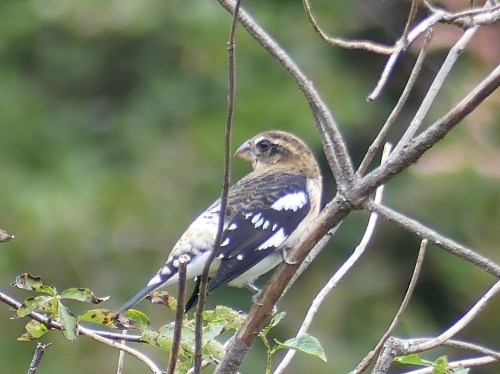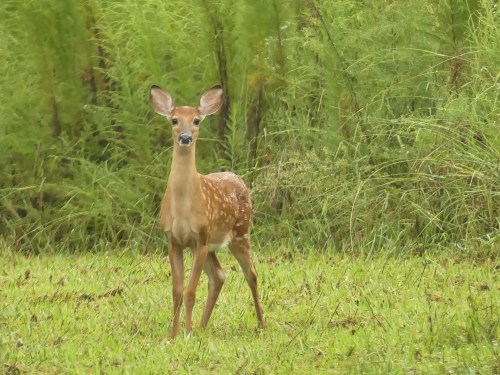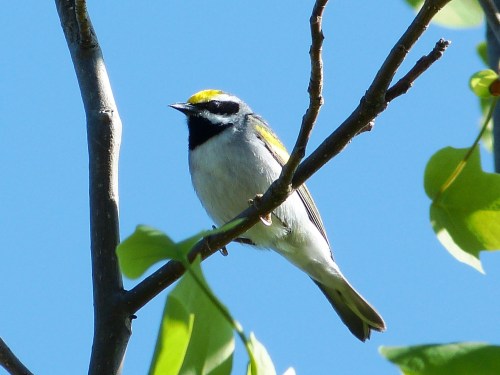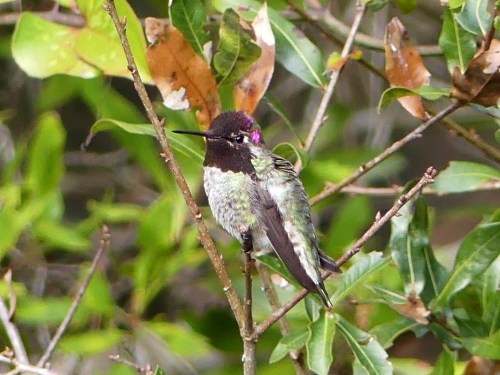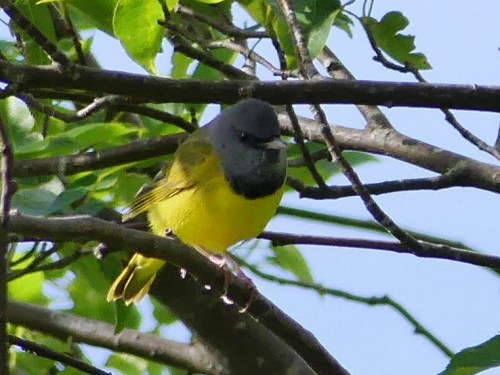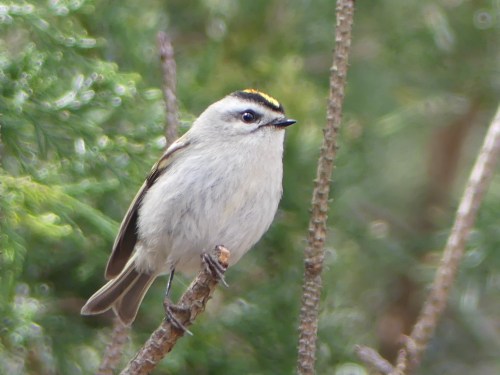It is February 28, 2023, as I start this post. I took the photo below from my deck this morning. The banner photo for this blog was taken on New Year’s Day several years ago from this same spot.

I’ve been back in NC for 10 days and I am painfully aware that this will be my last spring in this house. I was not born in NC, nor did I grow up here, but I’ve fallen in love with my adopted state during the last 25 years. This is where I moved shortly after my husband died and where I healed from that grief. The dogwood trees and daffodils and my hands in the dirt comforted me. I didn’t plan to garden, but I couldn’t help it. Flowers bloomed in my new yard that first year and I wanted more. It was impossible to work outside and not feel the joy of new life that came with the spring.

For the first few years, I occupied myself with planting and weeding and quickly developed an interest in native plants. My first friends in NC other than neighbors were “plant people.” I was fortunate that some of my property was uncleared and still hosted wildflowers. I remember a friend literally leaping with joy when she discovered a Carolina lily, Lilium michauxii, the official state wildflower of North Carolina, growing by the edge of my lake. Solomon’s Plume is abundant in my backyard where it thrives alongside Christmas Fern, Jack-in-the-pulpit, bloodroot, and other native plants.
After several years in NC, wildlife gardening led to an interest in the wildlife for which I was creating this little one-acre haven of native plants, dead trees, brush piles, and fallen leaves.
I have many happy memories here of friends and family, flora and fauna, but I want to focus on now, my last month living here and the new memories that I am creating. I want to notice every little thing and burn the images into my brain. I studied a junco a few days ago – the male charcoal gray with a pure white belly, little pinkish bill and much darker pink legs to match. The field guides show all that, but I saw something else that I’d never noticed before – their backs are subtly streaked. It’s been a joy to indulge in such detailed views of half a dozen of these pretty little birds on my deck every day. They are a bit shy and flush when I walk outside; the photo below was shot through two panes of glass.

The creature that excited me most so far this spring isn’t a bird, but a mammal. We have always had opossums in the neighborhood, but I had not seen one in my yard. Since starting iNaturalist, I had really wanted to see and photograph a live opossum. When my son, Dave, was living with me last year, he saw them in the yard several times and got photos. He even got me out of bed a time or two, but they were always gone by the time that I got outside. Finally, when I pulled into the driveway after picking up my friend, Diane, at the airport on February 19, we saw an opossum sitting on the top of the fence illuminated in the headlights. I was thrilled and quickly took a few cell phone shots through the windshield. It stayed there, so I carefully stepped outside the car and took more photos with my iPhone. Again, it didn’t move, so I got my camera from the house. Amazingly, the opossum was still on the fence when I got back and slowly climbed a tree while I took the photos below. My little iNatting heart was so very full.


Another creature that brought me happiness was a visit from “my” Hairy Woodpecker. Diane lives where they are common, so she was a bit surprised by my outburst, “But you just don’t understand how much I love that girl!” I fed birds in this yard for many years before I ever saw a Hairy Woodpecker on the deck feeder. A few years ago, a female began visiting and I have suspected that it is the same individual who continues to visit. She is one of my favorite birds; not Hairy Woodpeckers in general, but that particular female Hairy has stolen my heart. I took the photo below with my cell phone on February 20.
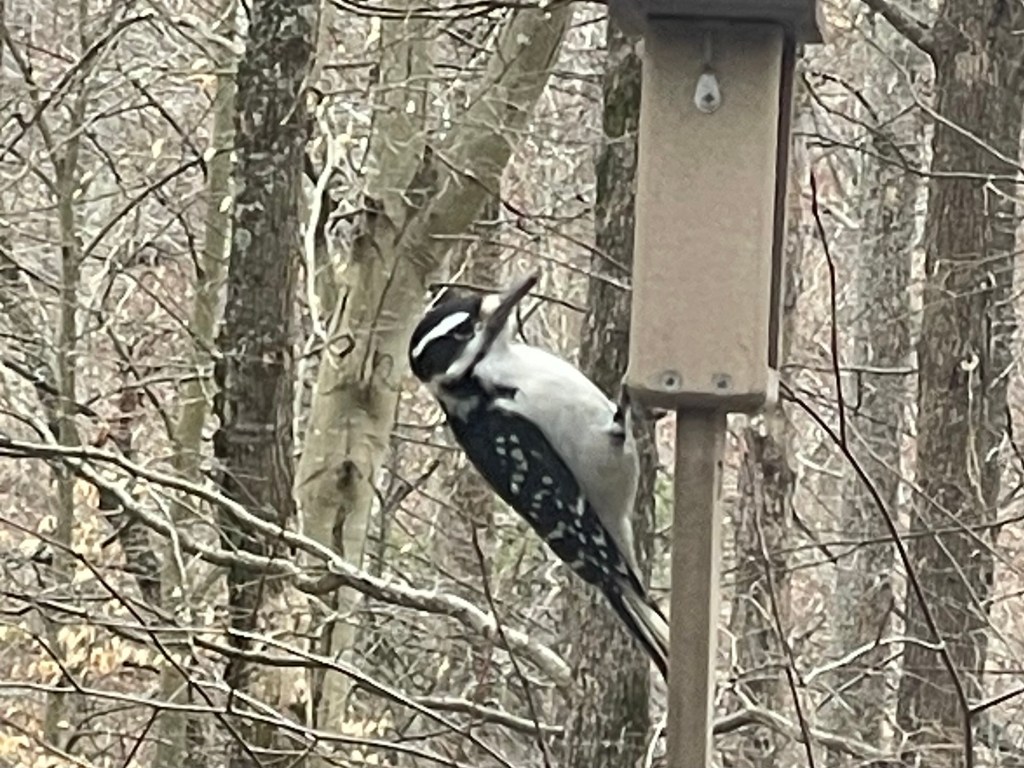
As much as I love the Hairy Woodpecker, the “winner” of most favorite bird of Spring 2023 has to be a Hermit Thrush. After many years of envying people who claimed them as feeder birds in the winter, last year (winter of 2021-2022) I finally got my own Hermit Thrush. I assume it’s the same individual who returned this past winter to partake of the suet that is always available on my deck. Except that it ran out when I left for Florida in November. I was absolutely thrilled when I returned in February and the thrush was still hanging around my deck. I immediately put out new suet and I’ve seen this beauty several times every day this past month.
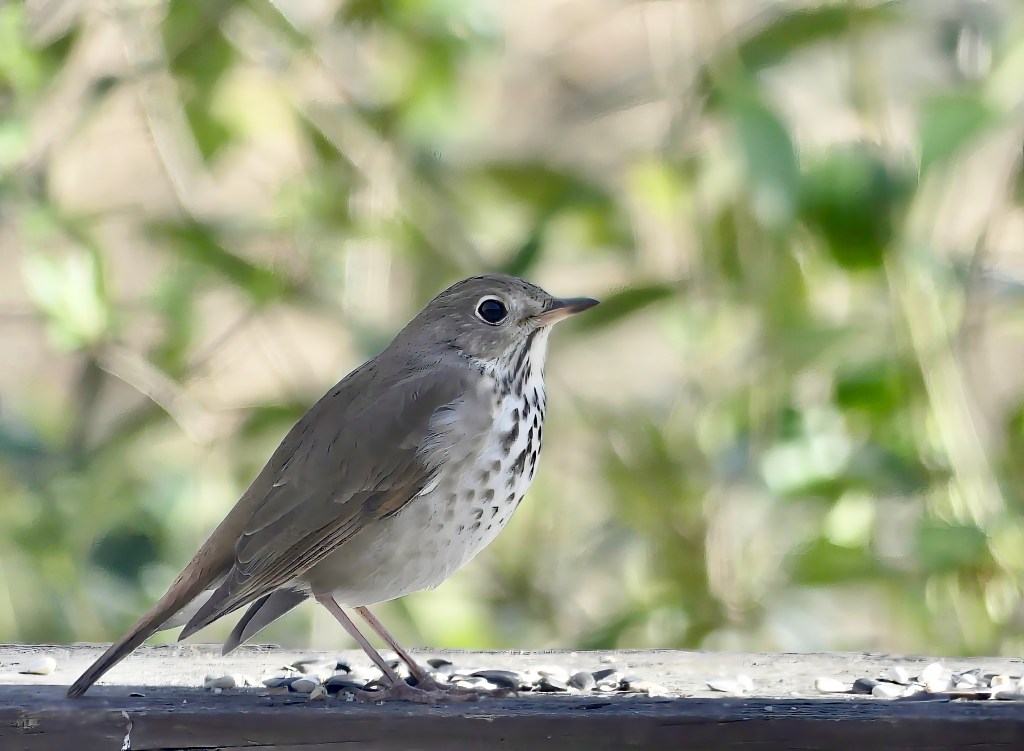
I also did a little mothing in March, something that I will really miss. I expect that I will find moths in Florida, but it won’t be as easy as just stepping outside my kitchen door. I have always found peace in being outside at night feeling the cool evening air on my skin and listening to Spring Peepers. Later in the year, I loved Summer Nights with Barred Owls softly calling. Below is a favorite from a few days ago, a Common Oak Moth.

And, just like that an entire month has passed much too quickly. I am again in Florida and I have a contract for the sale of my NC house. In a few days, I will go back for one more week to finish moving and indulge in a few more days of intimacy with “my” NC birds.
I arrived back in NC on April 2 and so much has changed in just one week. The yard is bursting with signs of spring – fresh green growth on just about everything and many new flowers – the pure white Carolina Silverbell blooms, Red Buckeyes ready for hummingbirds, and blue woodland phlox spilling into the grass near the street are just a few. The birds, too, display evidence of the changing season. An Eastern Towhee sings “Drink your tea!” instead of its simple “tow-hee” call. Further proof of spring is the absence of my beloved Hermit Thrush, apparently headed north to its breeding grounds.

The days are flying by and I am becoming overwhelmed with the tasks of moving. I wanted to photograph all my beautiful wildflowers, but the only photo I got was the daffodils above.
I don’t have time to go birding, but I try to sneak a few minutes each day to watch the activity in my yard. After 25 years in this house, it’s all so familiar, so much the same as any other year, but yet each spring is different, too. Chipping Sparrows have not been common in my yard in the past, but this year they are in the driveway, on the deck, so visible everywhere. It’s like they are taunting me with the fact that I have not yet been able to find a Chippie in Pinellas County, Florida.

My thoughtful friend, Carol, arranged a last minute lunch with friends when I had to be out of the house for the inspection, my only break from the frantic activities consuming my last days in NC. I’ve said that I have no regrets about moving, but being with people who I’ve shared so much with, people who care about me, gave me some twinges about it all. I am so grateful that these people have been in my life. Isn’t there a saying that if you don’t feel sad about leaving, it’s even sadder because you had nothing to love? Goodbye North Carolina, I’ll be back to visit often and I will always love you.








